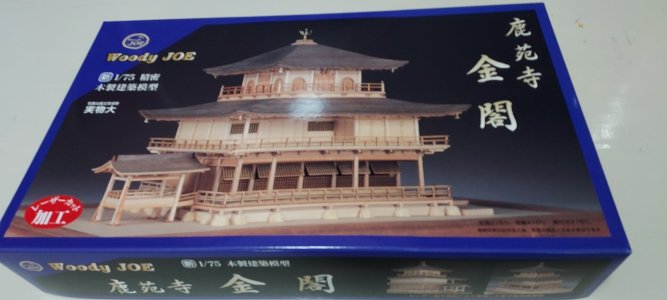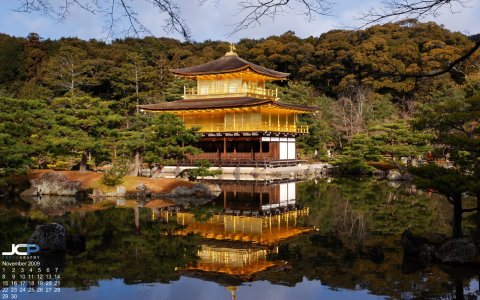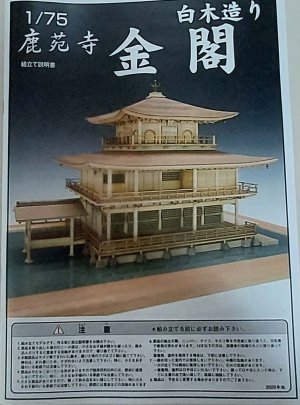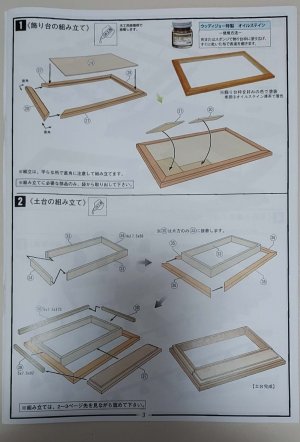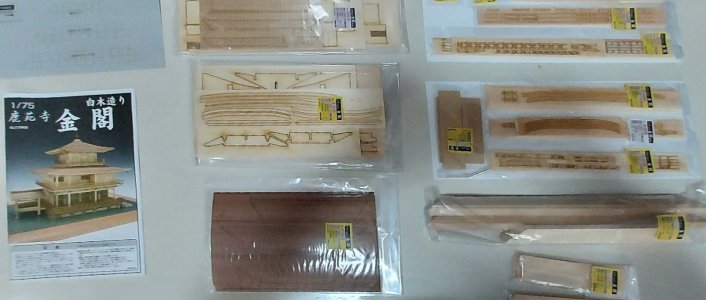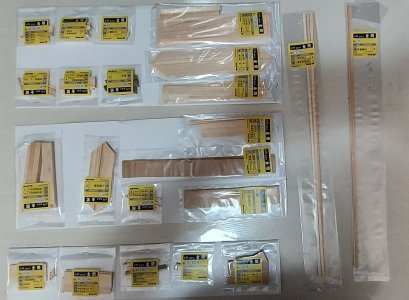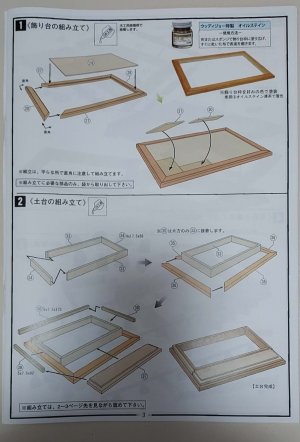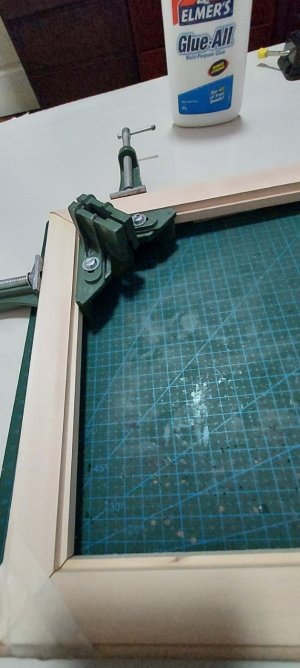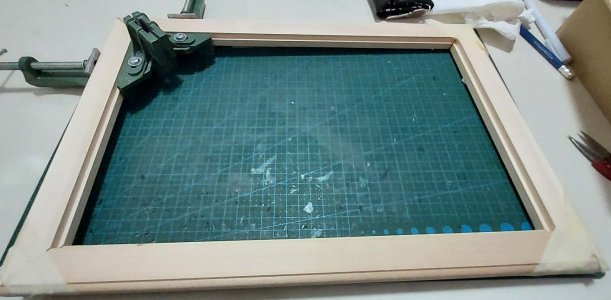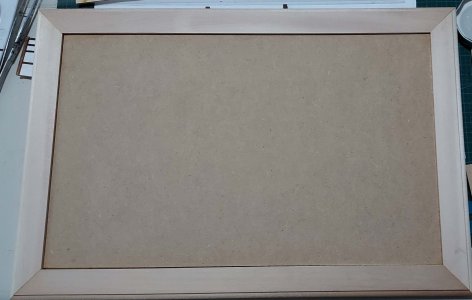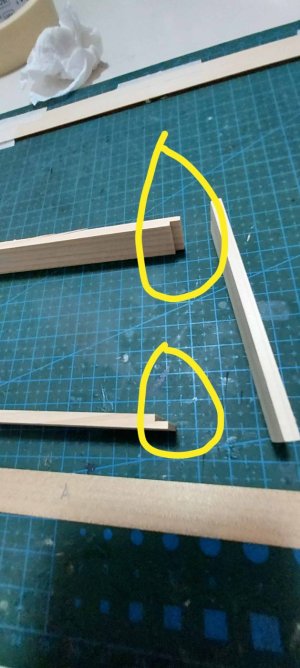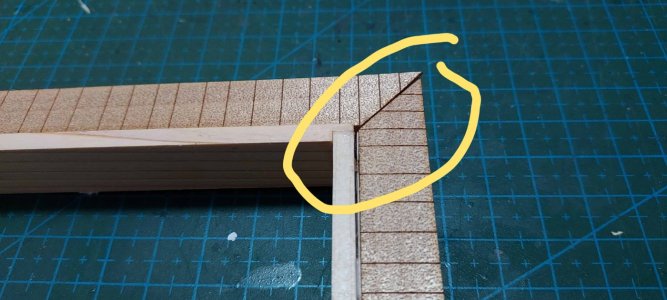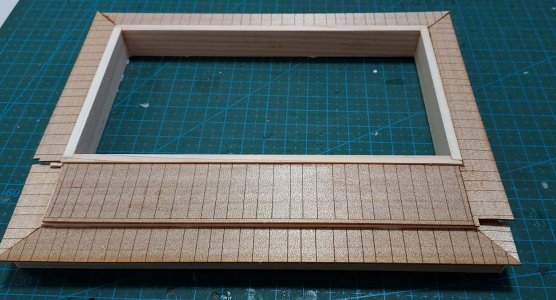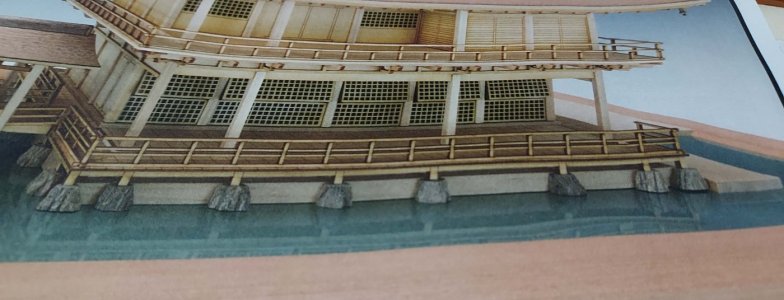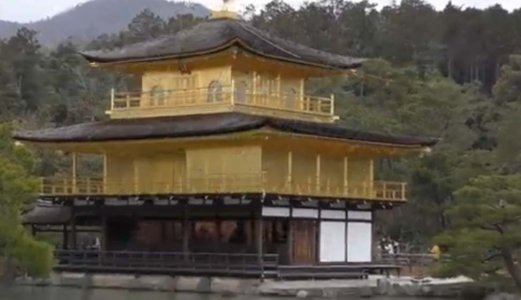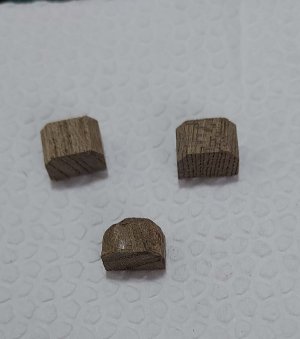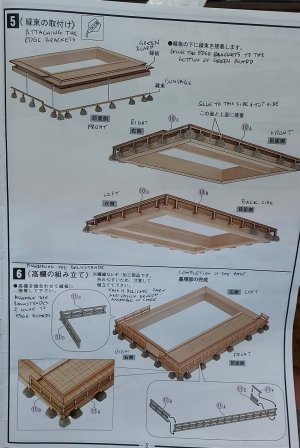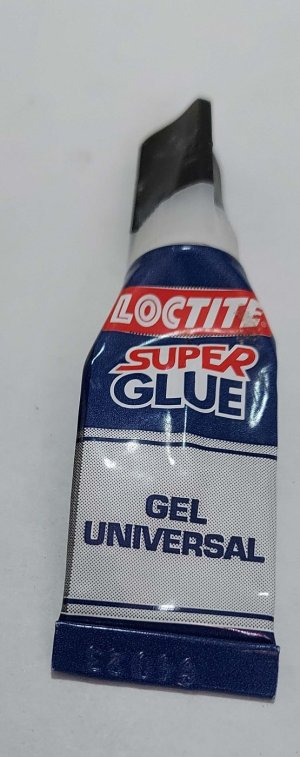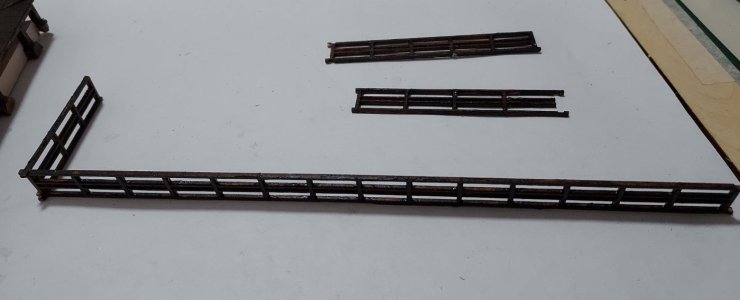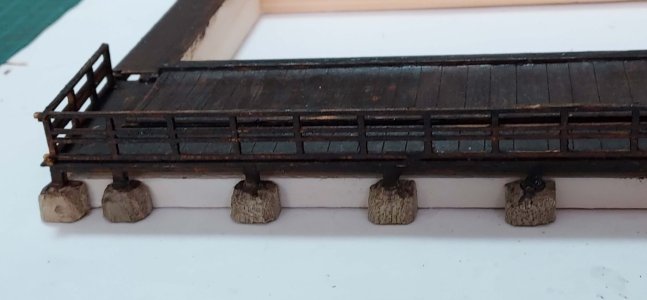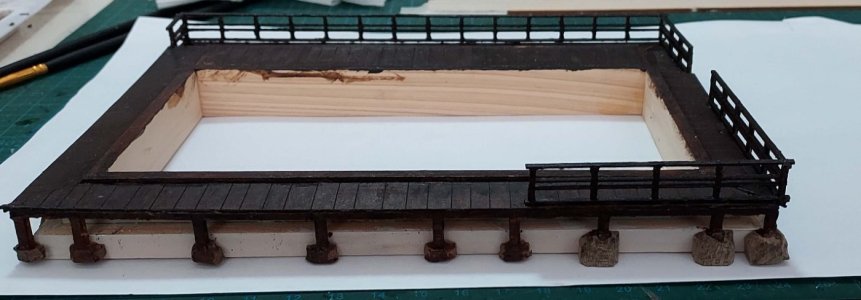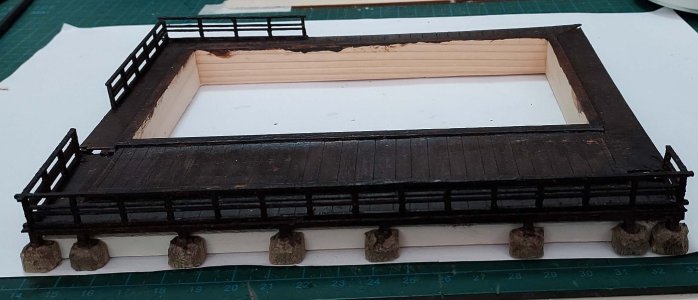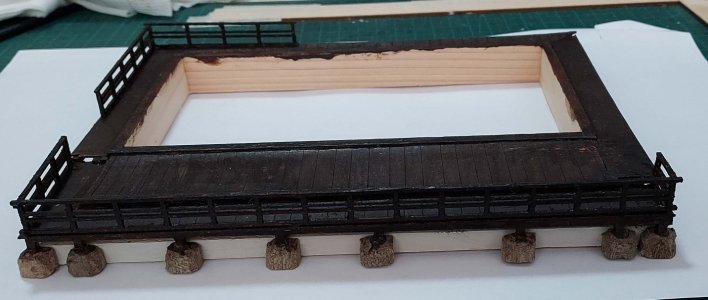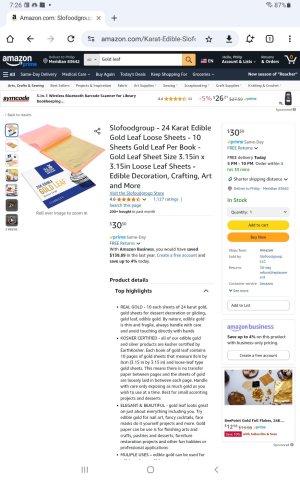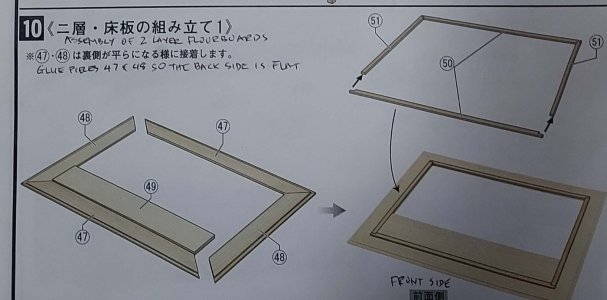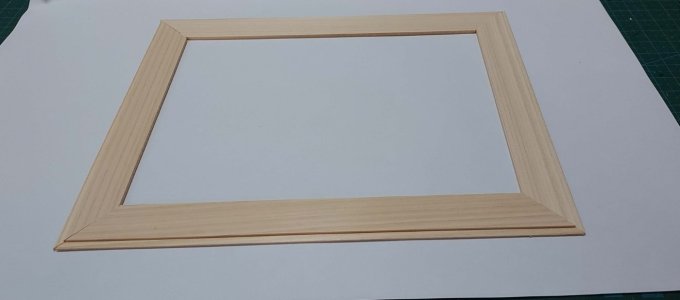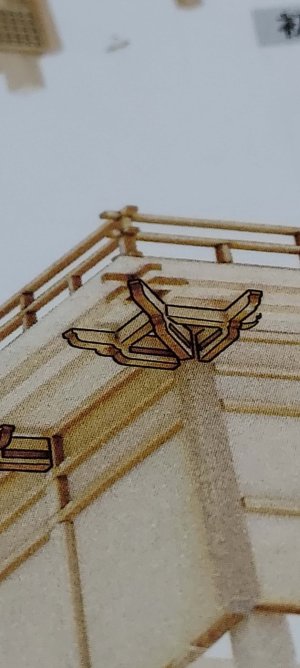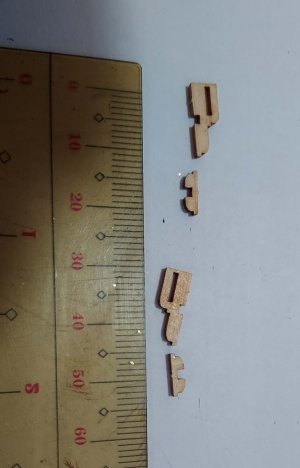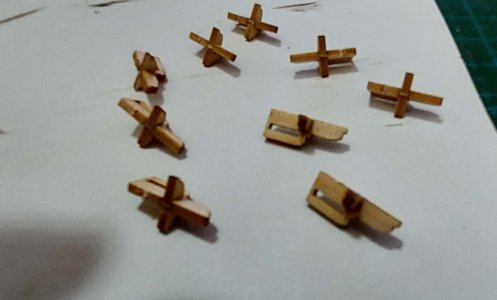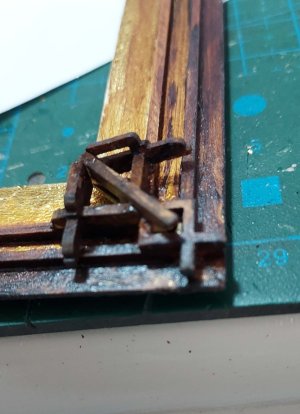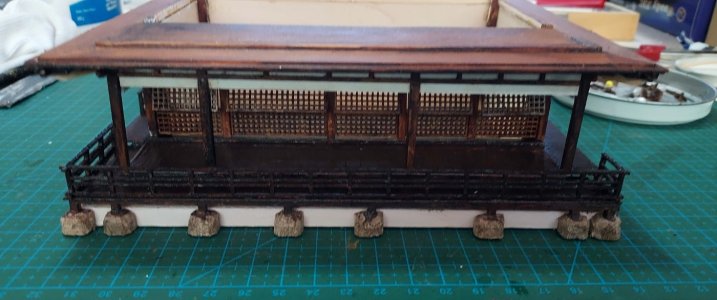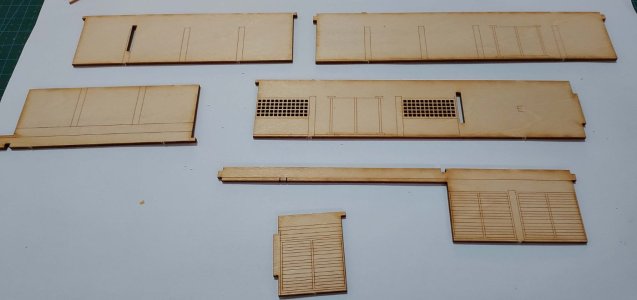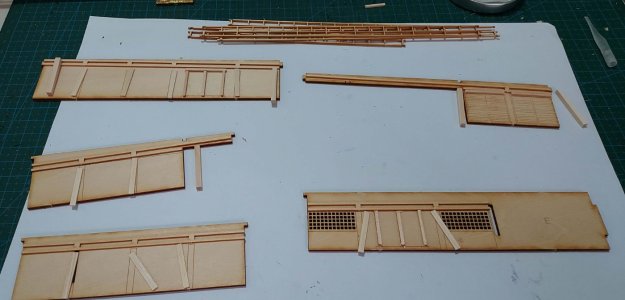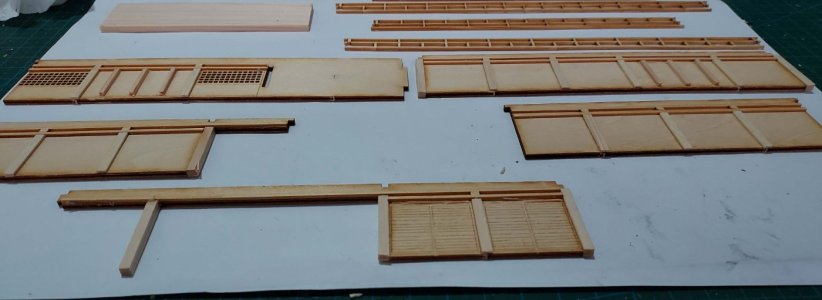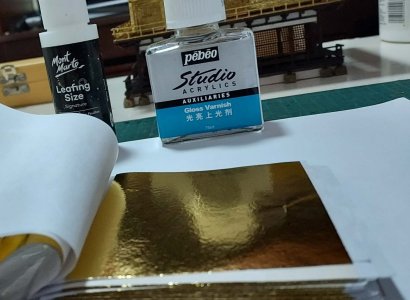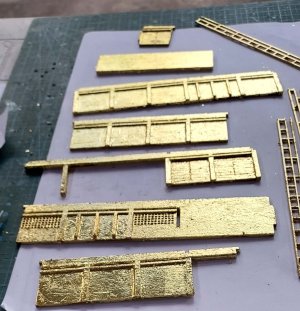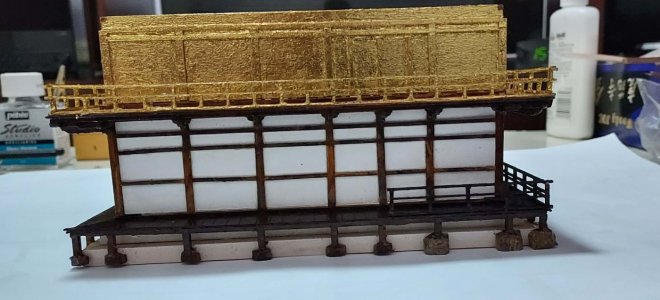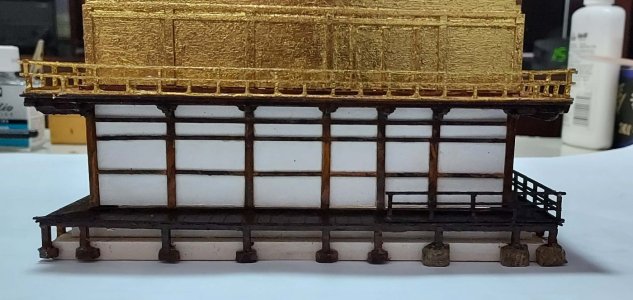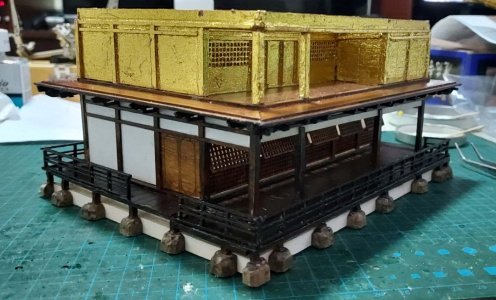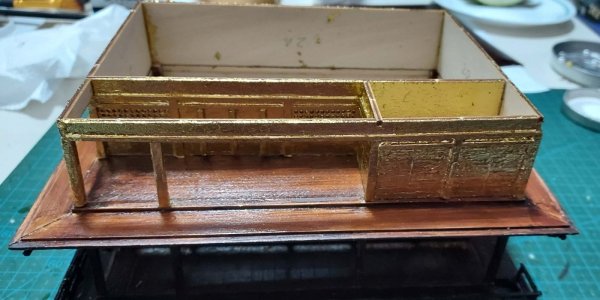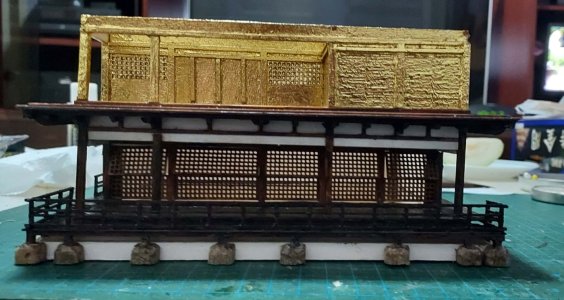Assembling the First Level structure:
The first level of the temple is called Hossui-in, built in the Japanese architectural style called shinden-zukiri, used for noble residences and palaces during the Heian period.
Because the kit didn't have provisions or instructions for painting, I referred to images on the net. It appears the first level is finished in a dark wood tone, with walls painted white. Initially, I wanted to finish the wood tones with tung oil, but decided against it for fear that I might have problems with gluing. Instead for the wood tones, I mixed some burnt siena acrilyc with just a touch of black.
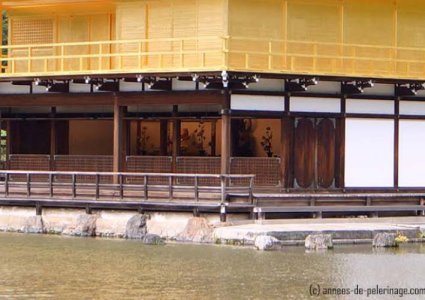
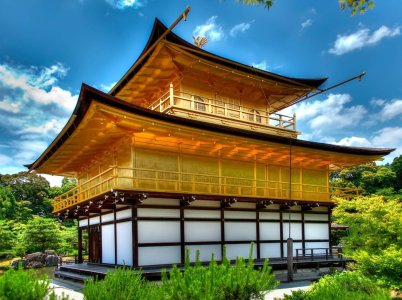
This phase of the build consists of assembling the front, rear and side walls.
As I start cutting the various parts, I can't help but repeatedly rave about the quality of this kit. The pieces are all cut precisely and fit perfectly
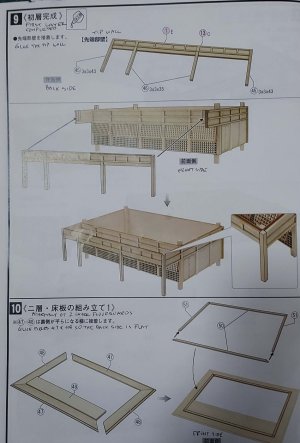
The front wall pieces:
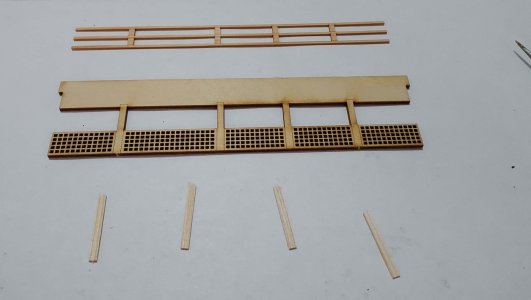
The back wall:
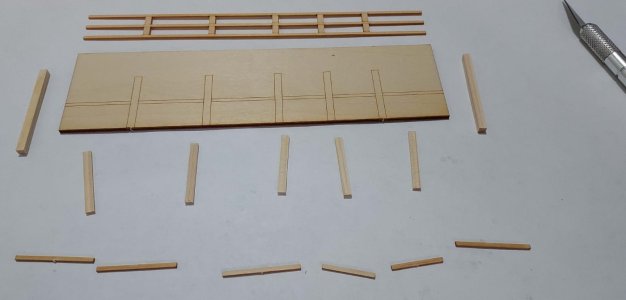
The side walls:
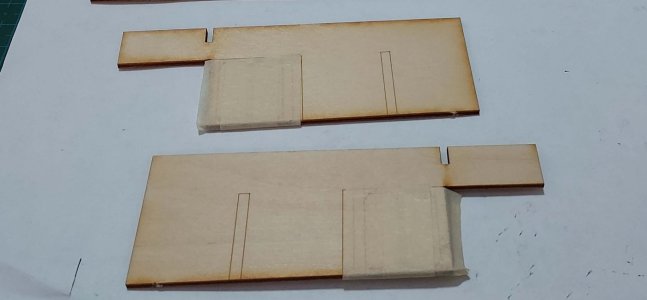
You'll notice from the above pictures that the kit really goes the extra step to achieve a much better look. Whereas other kit designers may be content with simply printing the various design elements, this kit provides glue-on pieces to give a 3d effect.
Before gluing the design pieces, I painted them first.
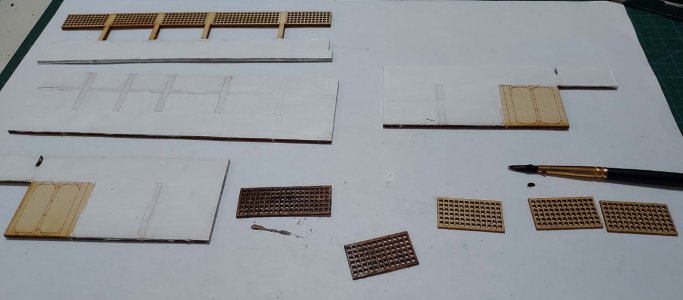
These are the assembled wall pieces:
Front piece:
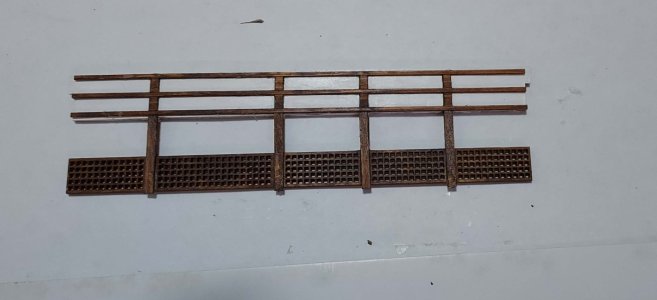
Back piece:
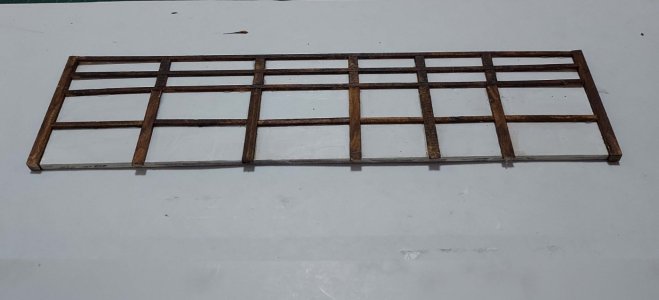
Right and left walls:
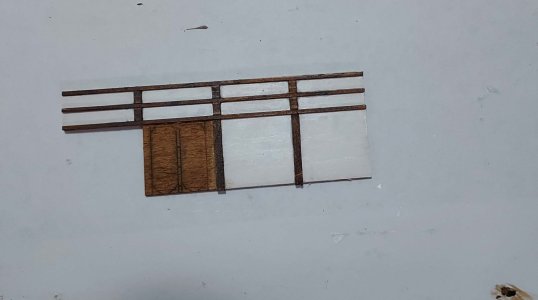
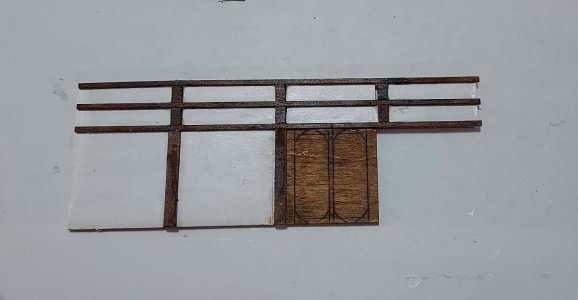
I then start gluing the walls together. The walls sit squarely on top of the foundation, so it makes my job easier to ensure the the corners are all squared at right angles.
But I was intrigued by this little notch on the side walls. At first, I thought maybe it was just an error in cutting or gluing.
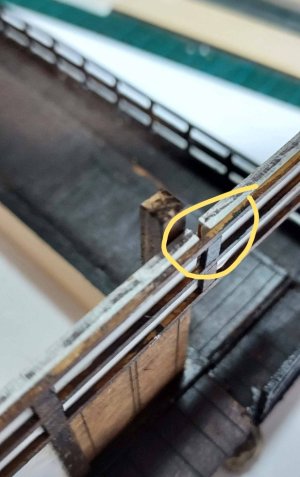
But, as I started putting the walls together, I realized that this notch is there to receive a small tongue extension on the adjoining wall, to make the bond stronger. Leave it to the Japanese designers to incorporate this thoughtful element.
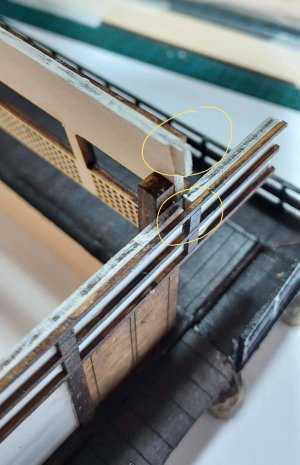
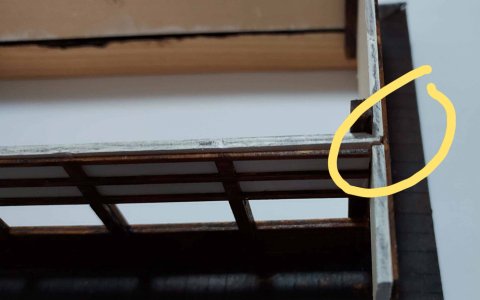
The walls are glued together:
Front:
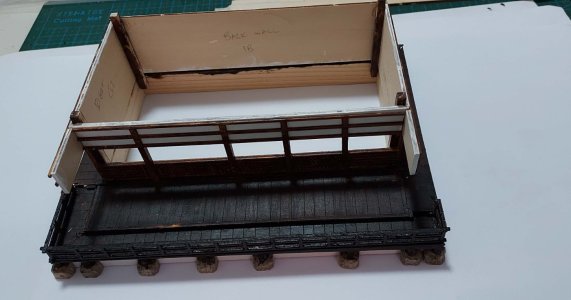
Back:
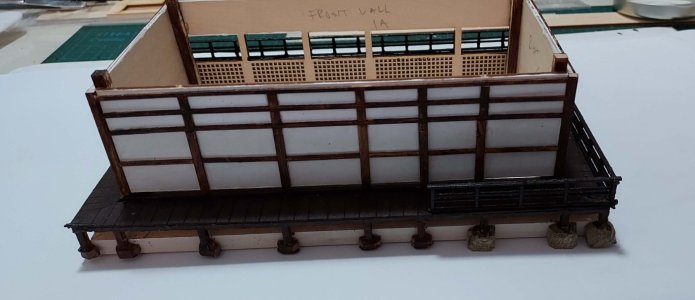
Side:
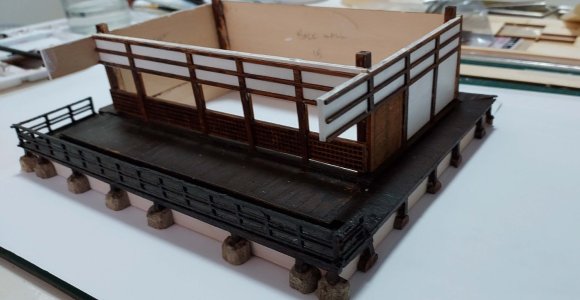
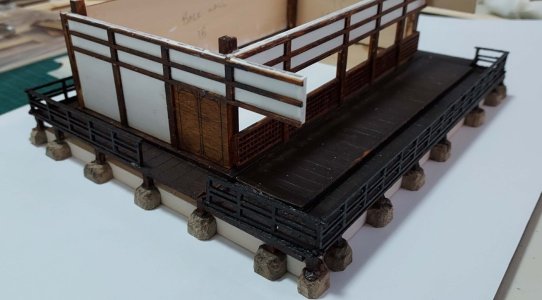
The grated window panels are glued at an angle to simulate being partly ajar:
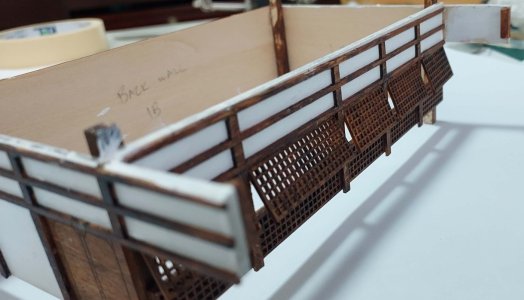
And finally, the front patio extension piece is attached:
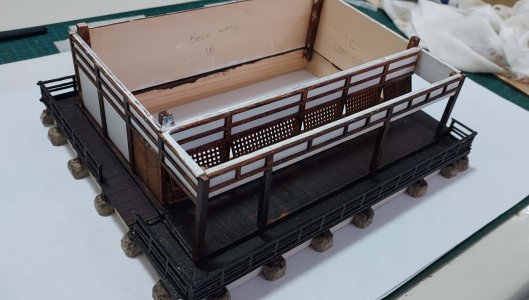
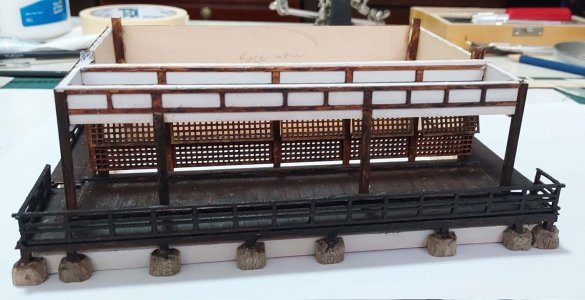
That's it for today, friends. Till next time.

